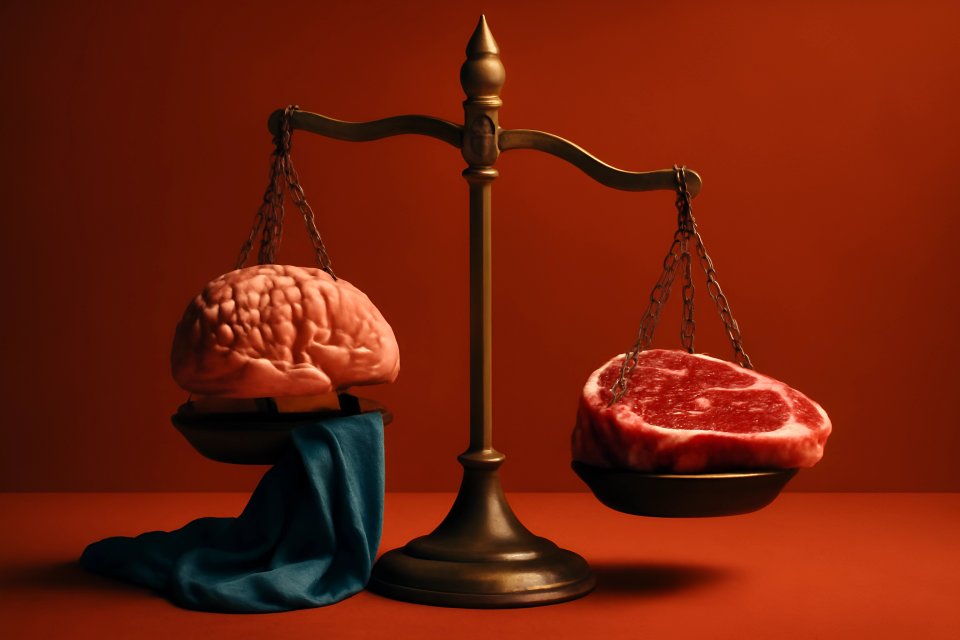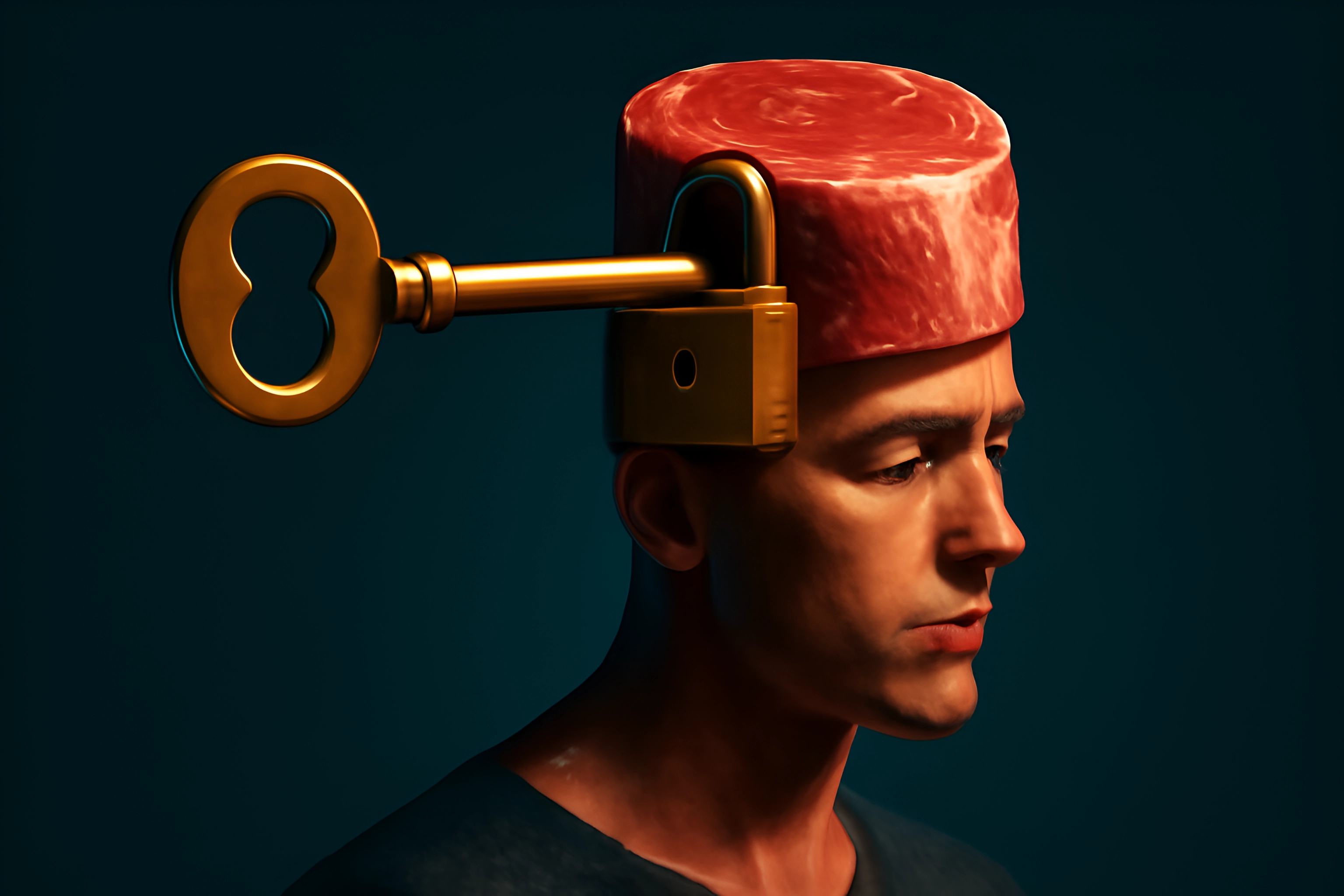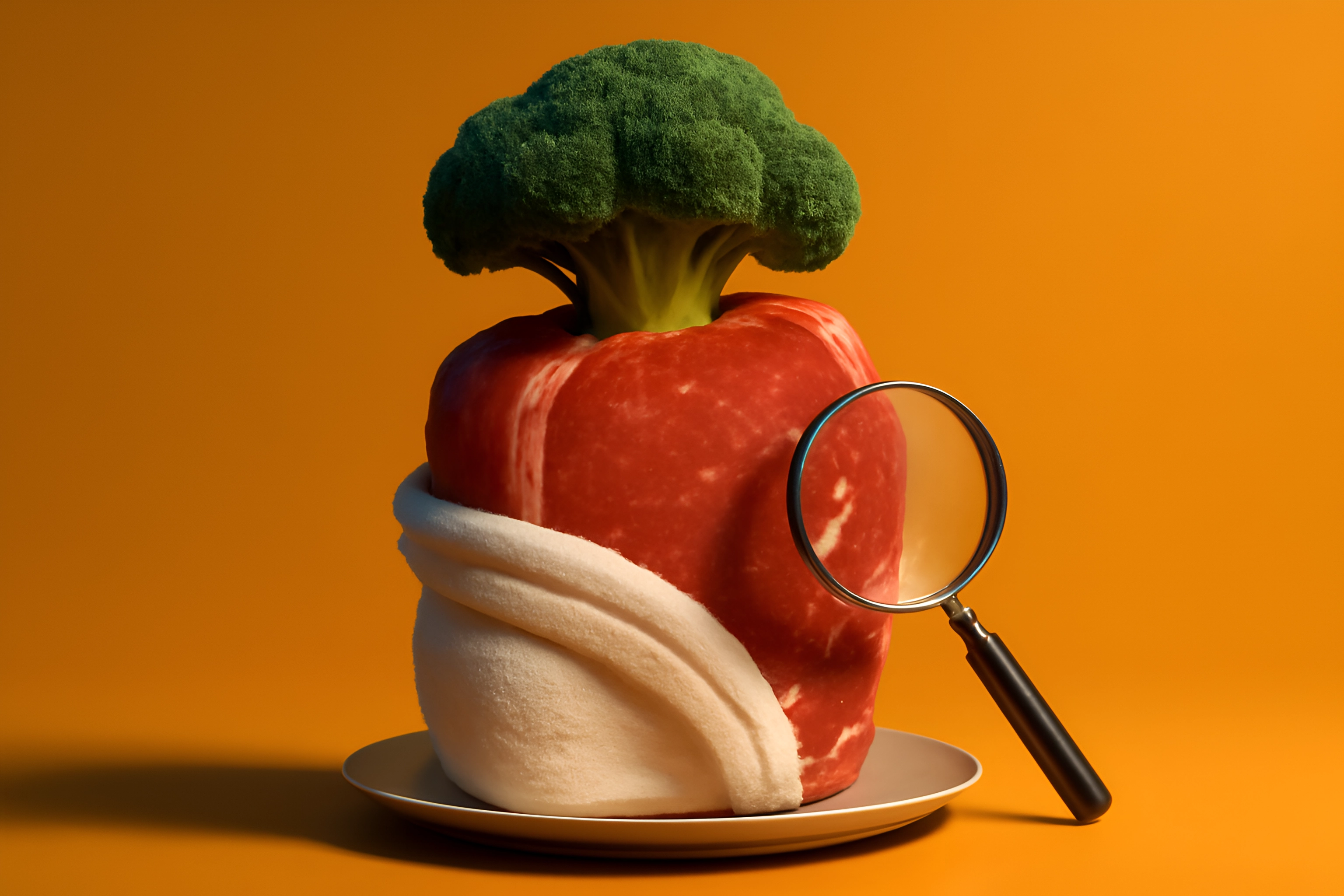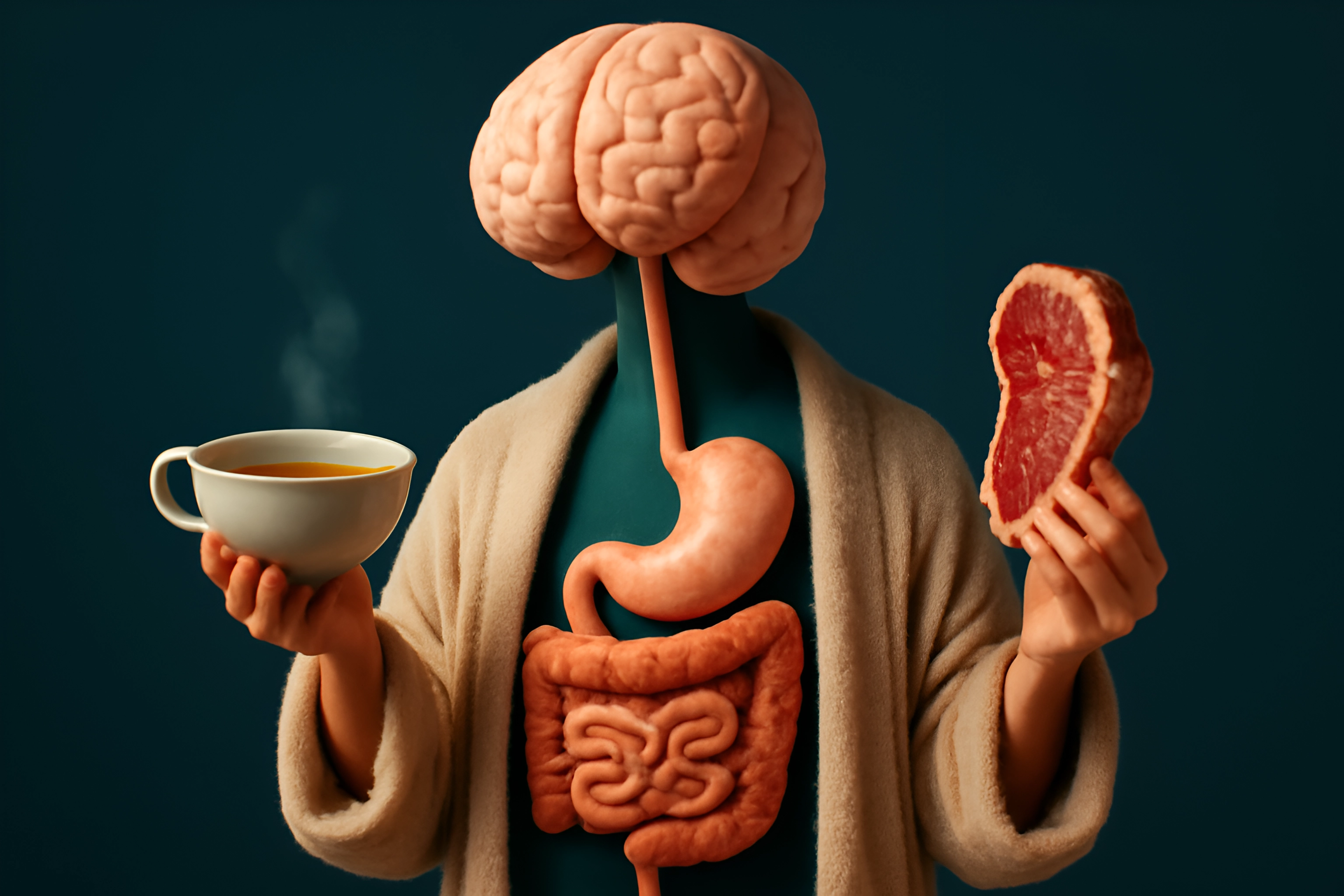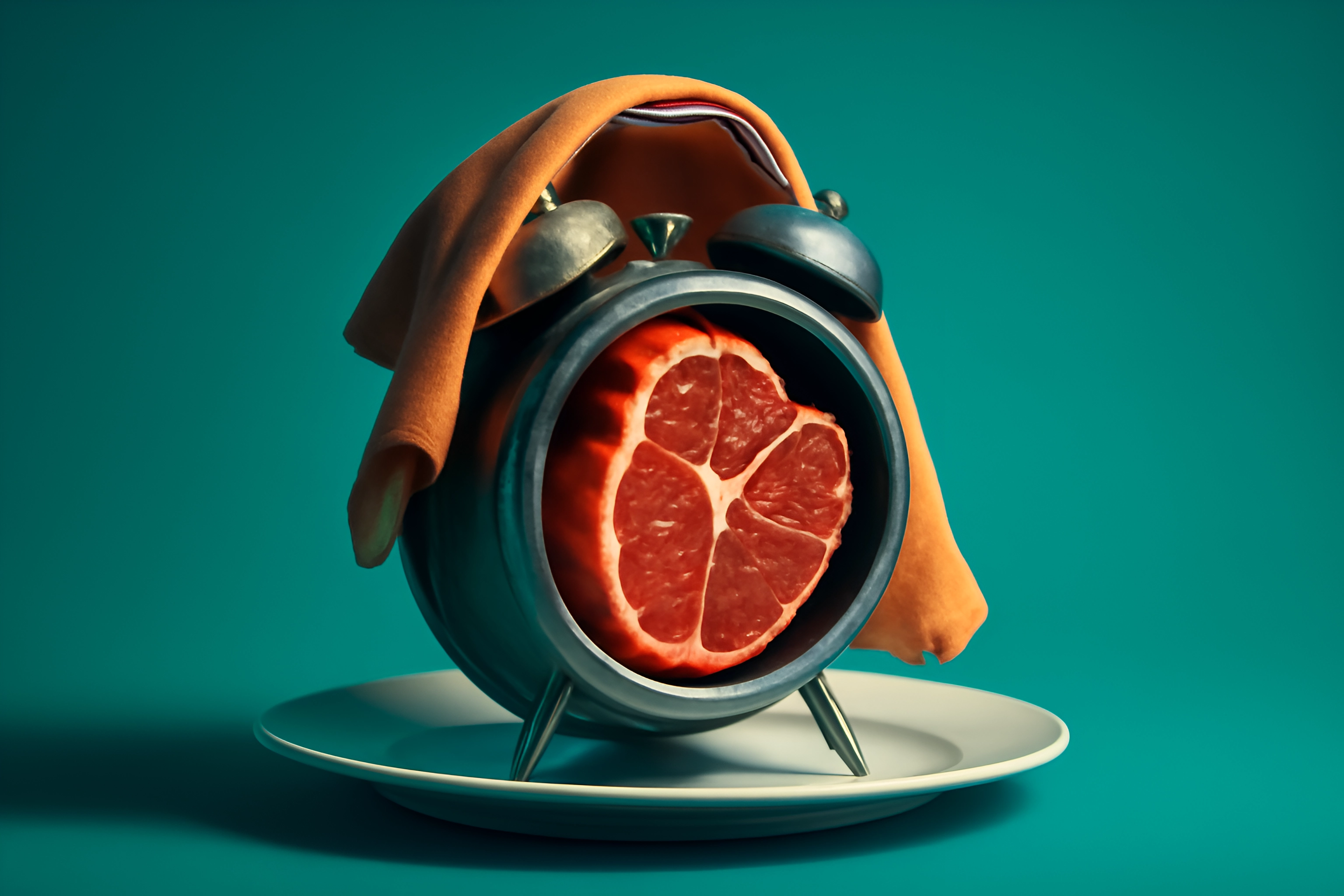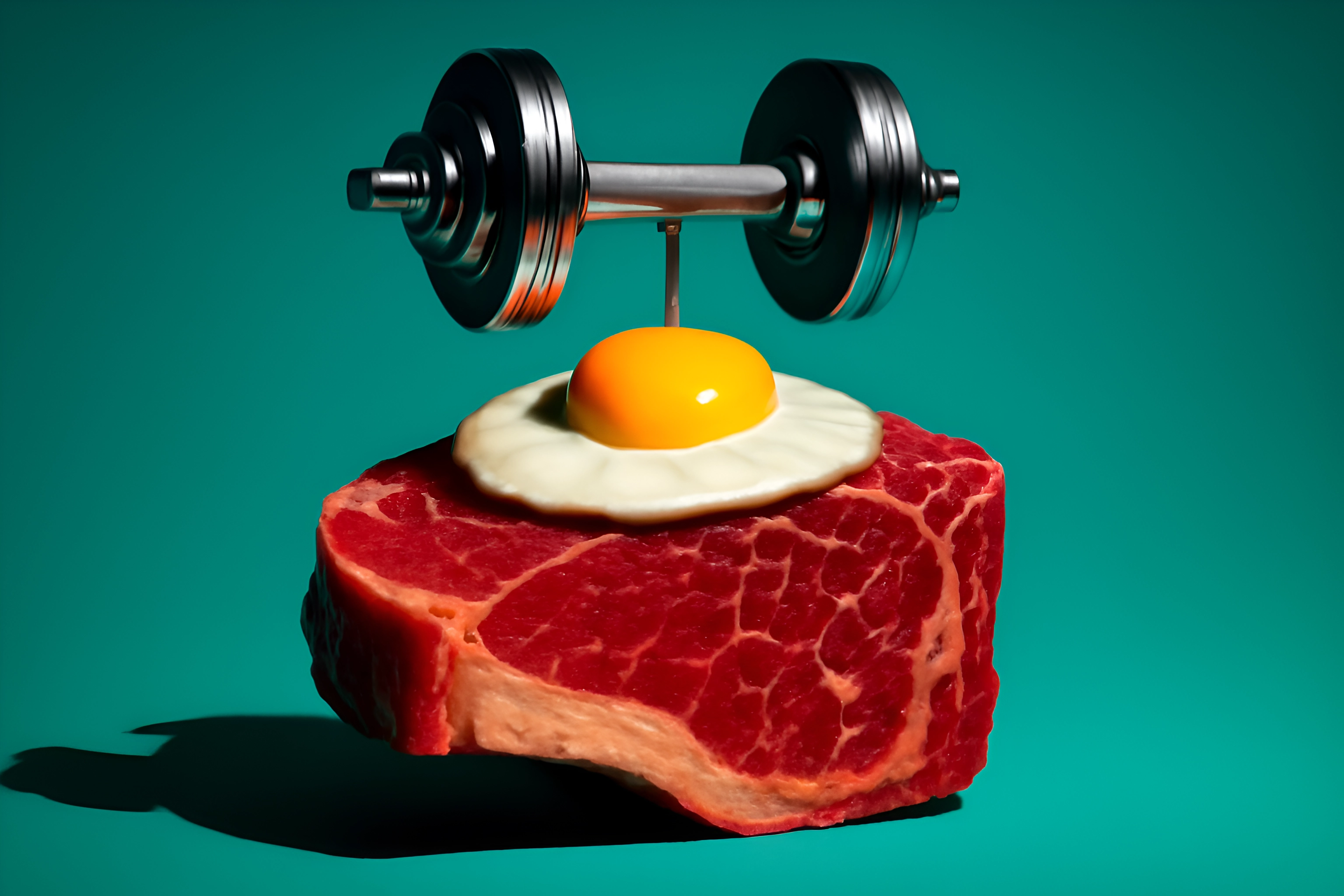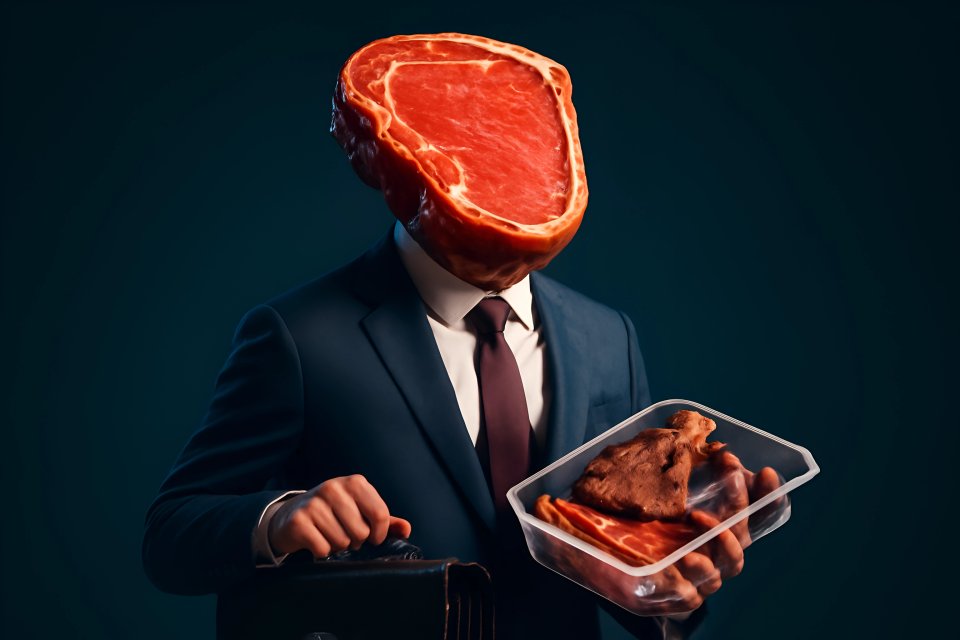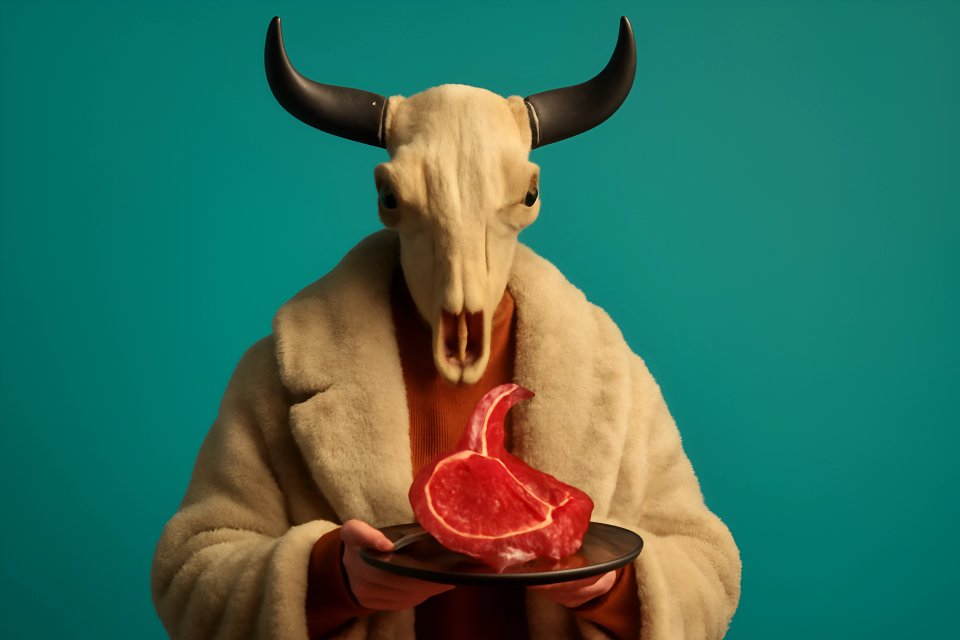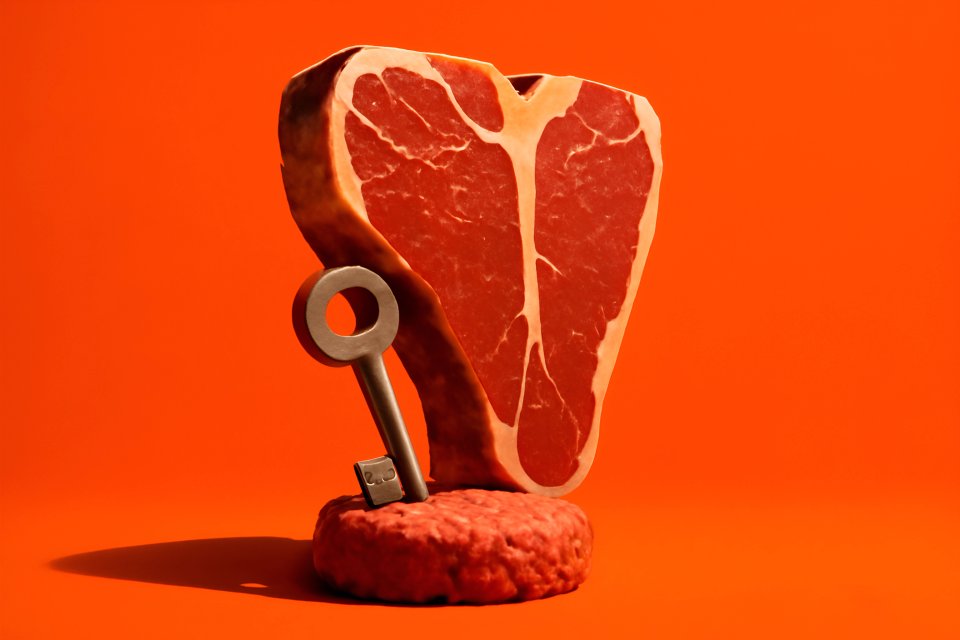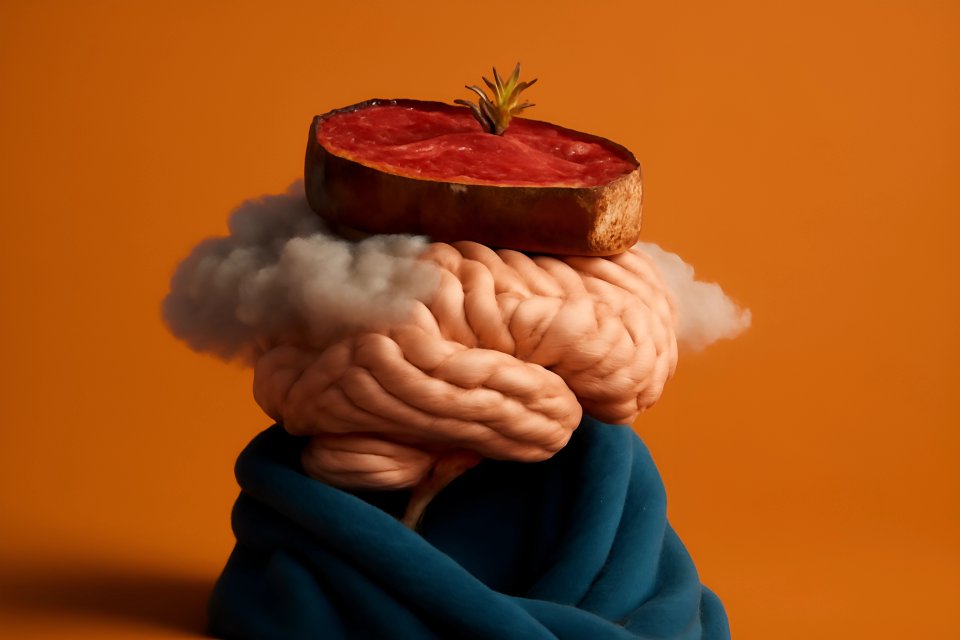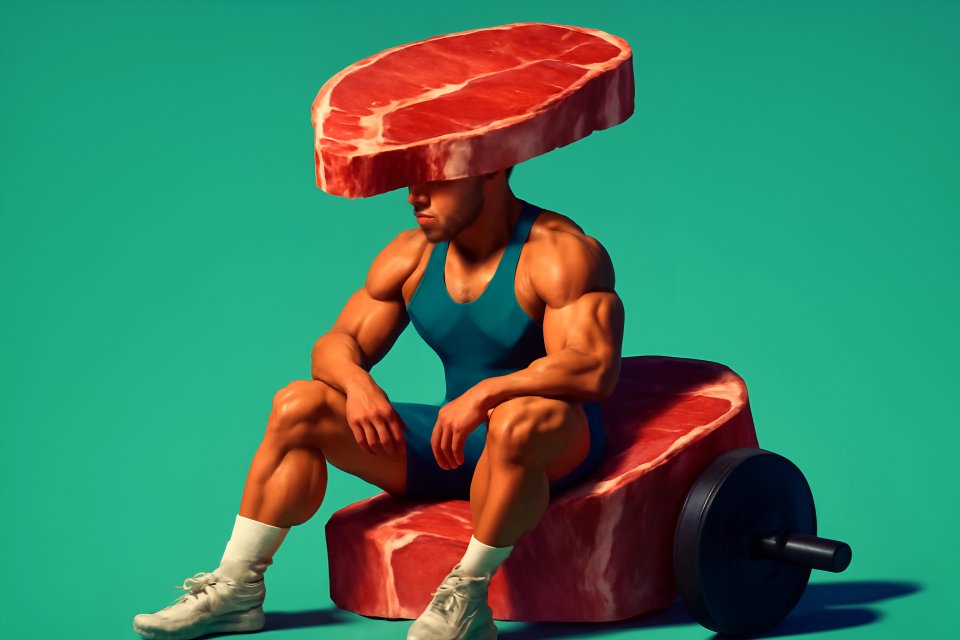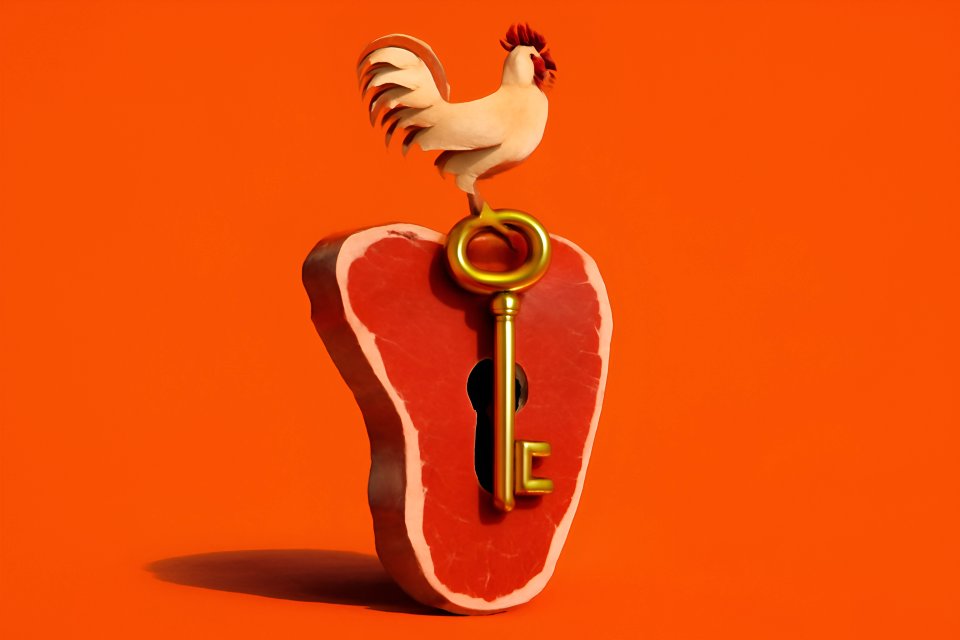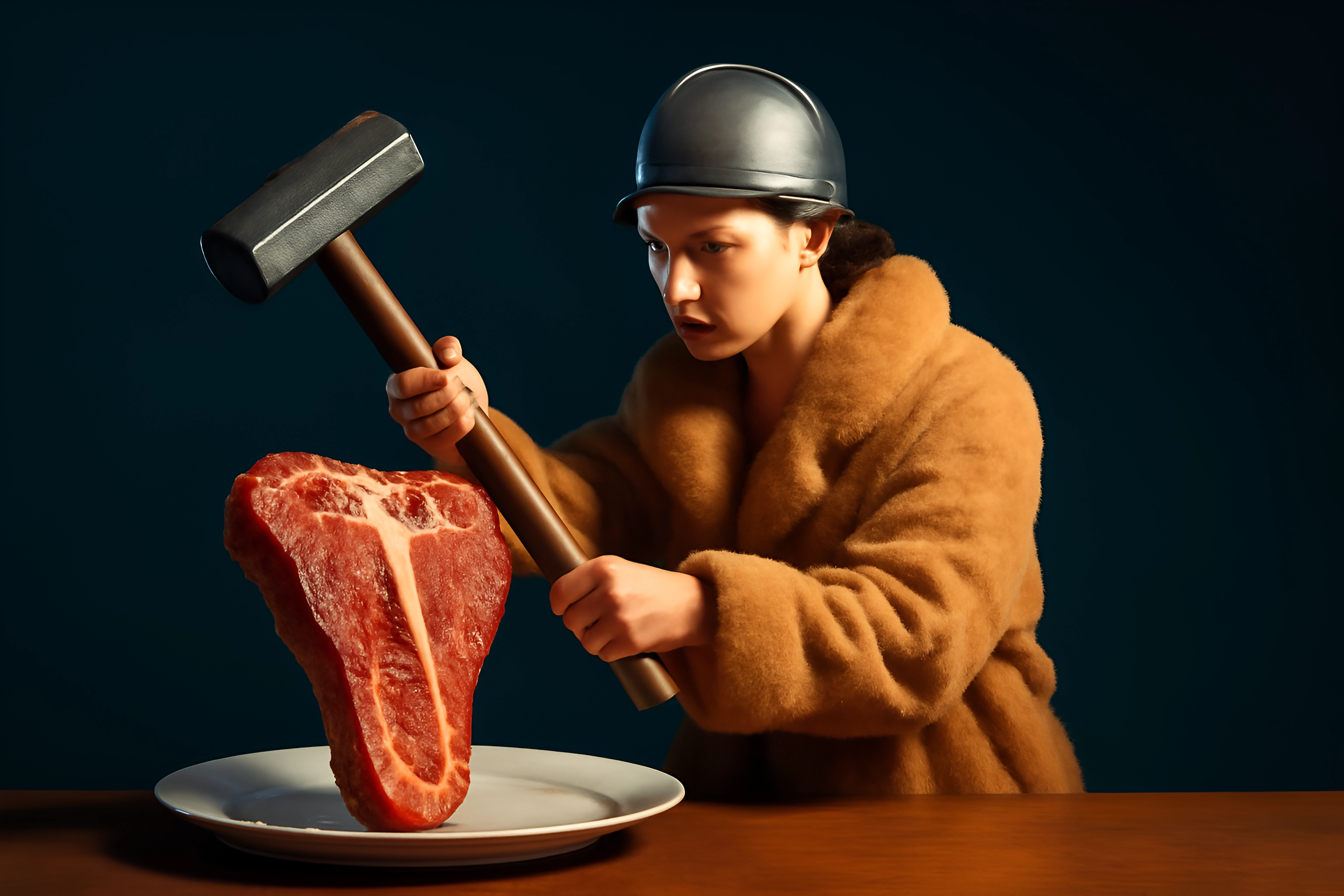
Introduction: Beyond the Honeymoon Phase – Building a Carnivore Diet for Life
You’ve done it. You took the leap, and the results are undeniable—the brain fog has vanished, your joints no longer ache, and your energy is soaring to heights you forgot were possible. But even as you celebrate this newfound vitality, a nagging voice whispers in your ear, fueled by concerned friends and alarming headlines. "Is this really healthy for the long haul? Where do you get your nutrients? You can't just live on meat forever!"
Let's be honest: these questions are valid. For decades, we’ve been told that a life without fruits, vegetables, and fiber is a fast track to disease and deficiency. The idea of thriving on nothing but animal foods feels radical, risky, and goes against everything we thought we knew about nutrition. It’s natural to wonder if this incredible feeling is just a temporary "honeymoon phase" before the nutritional bill comes due.
This is your definitive, science-backed guide to silencing that doubt for good. We are going to systematically dismantle the most persistent myths about the long-term sustainability and nutrient adequacy of the carnivore diet. Forget the fear-mongering and misinformation; it's time to arm yourself with the facts and strategies you need to build a nourishing, powerful, and lifelong approach to animal-based healing.
Myth #1: "You'll Get Scurvy! The Carnivore Diet Has No Vitamin C."
The Truth About Your Body's Vitamin C Needs on Carnivore
Here’s a secret the mainstream narrative conveniently ignores: your need for Vitamin C is directly tied to your sugar intake. Vitamin C and glucose are like two rival keys trying to unlock the same door—they compete for entry into your cells via pathways called GLUT transporters. When your diet is flooded with carbohydrates, glucose wins that battle, leaving Vitamin C out in the cold and forcing you to consume massive amounts just to get a little bit into your cells.
But what happens when you remove the competition? By eliminating sugar and carbs, you dramatically lower your body's demand for Vitamin C. According to scientific studies on cellular uptake, this metabolic shift means the small amounts of Vitamin C found in animal foods become incredibly efficient and bioavailable. In fact, research shows that as little as 10mg of Vitamin C per day is enough to prevent any signs of scurvy, a threshold easily met on a well-formulated carnivore diet.
This isn't just a theory; it's a fundamental principle of human biochemistry. Your body becomes a master of conservation, recycling and utilizing every last drop of this essential nutrient. You're not just surviving without oranges and broccoli; you're thriving in a low-inflammation state where your body's needs are fundamentally different and more efficient.
Finding Vitamin C in the Animal Kingdom
So, where does this vital nutrient come from? The animal kingdom is a surprisingly rich source, provided you know where to look. Fresh meat, especially when consumed raw or cooked rare, contains small but potent amounts of Vitamin C.
The real nutritional superstars, however, are organ meats and other animal products. Beef spleen contains a stunning 45.5mg of Vitamin C per 100g, while salmon roe offers a solid 16mg per 100g. Even fresh beef provides enough to meet your body's reduced requirements on a low-carb diet.
Furthermore, the glycine found in connective tissues and bone broth plays a crucial role in supporting collagen synthesis, which helps preserve your body's own Vitamin C stores. This is why a nose-to-tail approach is not just a suggestion but a cornerstone of long-term health. You are getting everything you need, in the perfect form, directly from the source.
Lessons from Ancestral Populations
Still skeptical? Let's look to history for the ultimate proof. For millennia, ancestral populations like the Inuit thrived in the harshest environments on diets consisting almost exclusively of animal foods like seal, fish, and caribou. They had no access to fruits or vegetables for most of the year, yet historical and anthropological records show a complete absence of scurvy.
Expeditions in the 1930s documented that the Inuit were not only surviving but flourishing, with data showing their vitamin C intake was more than sufficient thanks to their consumption of raw meat and organs. These populations are living proof that a carnivore diet is not a modern fad but a time-tested, sustainable way of life. For a deeper look into these traditions, you can explore how traditional carnivore eating practices inform modern healing.
Their robust health wasn't due to a unique genetic quirk but to a simple biological reality: when you eat the way humans are designed to eat, your body knows exactly what to do. They honored the whole animal, and in return, the animal provided whole nutrition.
Myth #2: "Without Fiber, Your Gut Microbiome Will Be Destroyed."
Redefining a "Healthy Gut": From Fiber-Fueled to Inflammation-Free
For years, we've been sold a single story about gut health: more fiber equals more microbial diversity, which equals a healthier gut. But what if that's the wrong goal? The ultimate measure of a healthy gut isn't a specific bacterial census but a gut lining that is strong, sealed, and free from the chronic inflammation that drives modern disease.
The carnivore diet is arguably the ultimate gut-healing protocol because it systematically removes the very things that cause damage. It eliminates fermentable fibers that can feed pathogenic bacteria and cause bloating, as well as the plant-based irritants and antinutrients that poke holes in your gut lining. By focusing on easily digestible, nutrient-dense animal foods, you give your digestive system the first real break it's had in years.
You're not destroying your microbiome; you're evicting the troublesome tenants and creating a peaceful, low-inflammation environment where a healthy, stable gut community can flourish. If you want to understand more about this, we've written extensively about debunking carnivore diet fiber myths and misconceptions.
The Butyrate Myth: How Your Body Fuels Colon Cells Without Fiber
"But what about butyrate?" is the common refrain from fiber advocates. Butyrate is a short-chain fatty acid produced when bacteria ferment fiber, and it's known to be a primary fuel source for the cells lining your colon. The assumption is that without fiber, your colon cells will starve.
This argument completely overlooks your body's incredible metabolic flexibility. When you're in a ketogenic state—which is natural on a carnivore diet—your liver produces ketone bodies, including one called Beta-Hydroxybutyrate (BHB). As it turns out, BHB is an equally powerful, if not superior, fuel source for your colon cells that also happens to be profoundly anti-inflammatory.
Your body doesn't need fermenting plant matter to nourish your gut. It can create a cleaner, more efficient fuel from healthy animal fats, protecting your colon cells without the gas, bloating, and irritation that often comes with a high-fiber diet.
The Result: A Calm, Resilient Digestive System
For countless people, the removal of fiber is the final step in resolving a lifetime of digestive misery. Conditions like IBS, IBD, SIBO, and diverticulitis often improve dramatically or disappear entirely. In fact, recent case studies have shown that a carnivore diet can lead to complete clinical and endoscopic remission in patients with inflammatory bowel disease.
This is the true marker of a healthy gut: not a lab report showing microbial diversity, but the lived experience of a calm, predictable, and resilient digestive system. You can finally eat a meal without fear of the consequences. To help you on this journey, we've even compiled some simple and delicious gut-healing carnivore recipes to boost your digestive health.
Myth #3: "You'll Become Deficient in Essential Vitamins and Minerals."
The Bioavailability Advantage: Why Animal Nutrients Reign Supreme
This is perhaps the most pervasive and dangerous myth of all. The fear of nutrient deficiencies on a carnivore diet stems from a fundamental misunderstanding of nutrition. It's not about what's in a food; it's about what your body can actually absorb and use. This is the concept of bioavailability, and it's where animal foods leave plants in the dust.
Take iron, for example. The heme iron found in red meat is up to 400% more bioavailable than the non-heme iron from plants. Similarly, the Vitamin A in liver is preformed retinol, ready for your body to use instantly, whereas the beta-carotene in carrots requires a difficult conversion process that can be highly inefficient.
Worse yet, plants come armed with "antinutrients" like phytates and oxalates, which actively bind to minerals like zinc, calcium, and magnesium, preventing your body from absorbing them. On a carnivore diet, you're not just getting more nutrients; you're getting them in a superior form without any of the absorption-blocking compounds found in plants.
Building a Nutrient-Complete Plate: The Power of Nose-to-Tail
The secret to ensuring complete nutrient adequacy for the long haul isn't just eating more steak. The key is embracing a "nose-to-tail" philosophy that utilizes the entire animal, just as our ancestors did. This is how you build a truly bulletproof, nutrient-dense diet.
Here are the powerhouses you should incorporate:
- Liver: This is nature's multivitamin. It's packed with bioavailable Vitamin A, B12, folate, copper, and zinc.
- Heart: The richest natural source of CoQ10, which is essential for cellular energy and cardiovascular health.
- Eggs: A perfect package of nutrition, providing highly bioavailable choline for brain health, plus Vitamin K2 and biotin.
- Fatty Fish (Salmon, Sardines): The best source of the essential Omega-3 fatty acids EPA and DHA, which are critical for reducing inflammation.
- Bone Broth & Connective Tissue: Provides glycine, proline, and essential minerals to build healthy joints, skin, and a resilient gut lining.
By incorporating these foods, you create a diet that is far more nutritionally complete than one reliant on fortified grains and vegetables laden with antinutrients. You can find delicious ways to prepare these foods with our guide to ultimate carnivore recipes for inflammation reduction.
Don't Forget Your Electrolytes
One final, crucial point for long-term success is managing your electrolytes. When you cut out carbs, your insulin levels drop, which signals your kidneys to excrete more sodium. This can also lead to a loss of potassium and magnesium.
During the initial adaptation phase, it's vital to be liberal with high-quality salt (like Redmond Real Salt) and to ensure you're getting enough potassium and magnesium from your food. This is a temporary adjustment period. Over time, your body adapts and becomes much more efficient at retaining these essential minerals.
Putting It All Together: Your Blueprint for a Sustainable Carnivore Diet
Step 1: Build Your Foundation with Ruminant Meat
Make fatty cuts of beef, lamb, or bison the cornerstone of your diet. These animals provide a fantastic fatty acid profile, especially when grass-fed, along with a powerhouse of vitamins and minerals. This is your base, the foundation upon which you will build unshakable health.
Step 2: Incorporate "The Big Three" Weekly
Don't let "nose-to-tail" intimidate you. You can ensure nutrient adequacy with a simple, sustainable schedule. Aim to incorporate these three powerhouses into your weekly routine.
- Organ Meats: Just 3-4 ounces of beef liver, once or twice a week, is all it takes to supercharge your nutrient levels.
- Seafood: Add in a serving of fatty fish like salmon or sardines twice a week for those crucial Omega-3s.
- Bone Broth: Make it a daily ritual to drink a warm cup, or use it as a delicious base for cooking your meat.
Step 3: Listen to Your Body's Signals
Your body possesses an ancient wisdom that modern nutrition has taught us to ignore. Start listening to it again. Cravings for specific foods are often your body's way of telling you what it needs—a sudden desire for eggs could signal a need for choline, while a craving for seafood might mean you need more Omega-3s. Trust your intuition.
Step 4: Test, Don't Guess
For the ultimate peace of mind and to silence any remaining doubters (including your doctor), get objective data. Get a baseline blood panel done before you start or a few months in, and then re-test after 6 to 12 months. Seeing your inflammatory markers plummet and your nutrient levels optimize on paper is the ultimate validation that you are on the right path.
Conclusion: From Carnivore Myth to Your Sustainable Reality
Let's put these myths to rest, once and for all. A well-formulated, nose-to-tail carnivore diet is not deficient. It is a powerful, evolutionarily consistent way of eating that provides highly bioavailable nutrients, heals the gut by removing inflammatory triggers, and is absolutely sustainable for a lifetime of vibrant health.
The key to unlocking this long-term success is simple: move beyond a diet of just muscle meat and embrace the wisdom of our ancestors. By honoring the whole animal—from organs to bones to fat—you provide your body with everything it needs to not just survive, but to truly thrive.
You do not have to choose between feeling incredible now and being healthy later. You can have both. By focusing on quality, nutrient density, and listening to your body, you can confidently build a carnivore lifestyle that heals, nourishes, and sustains you for all the years to come.
What's the biggest myth you've had to overcome on your carnivore journey? Share your experience in the comments below!
